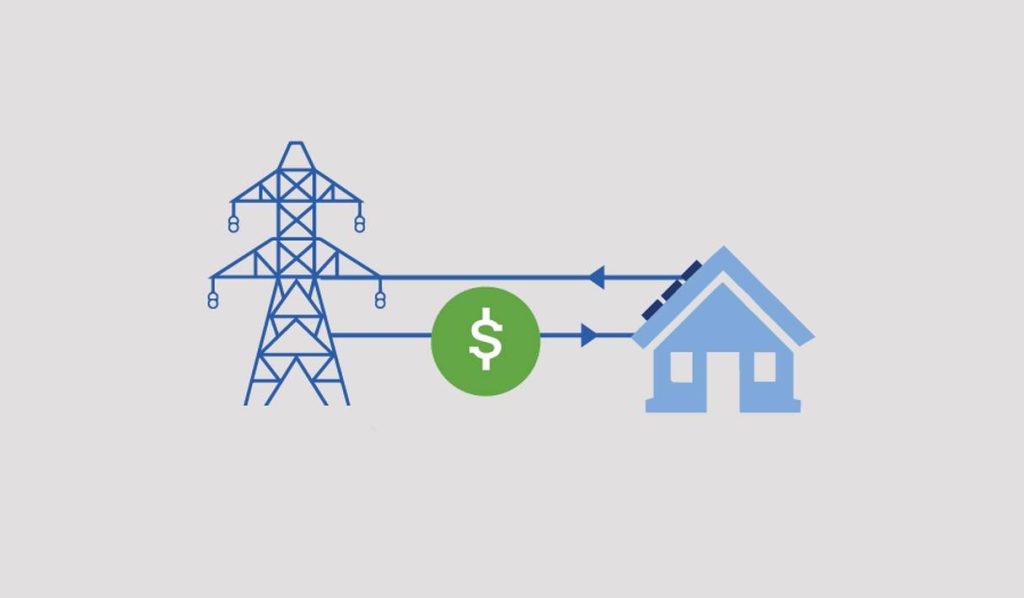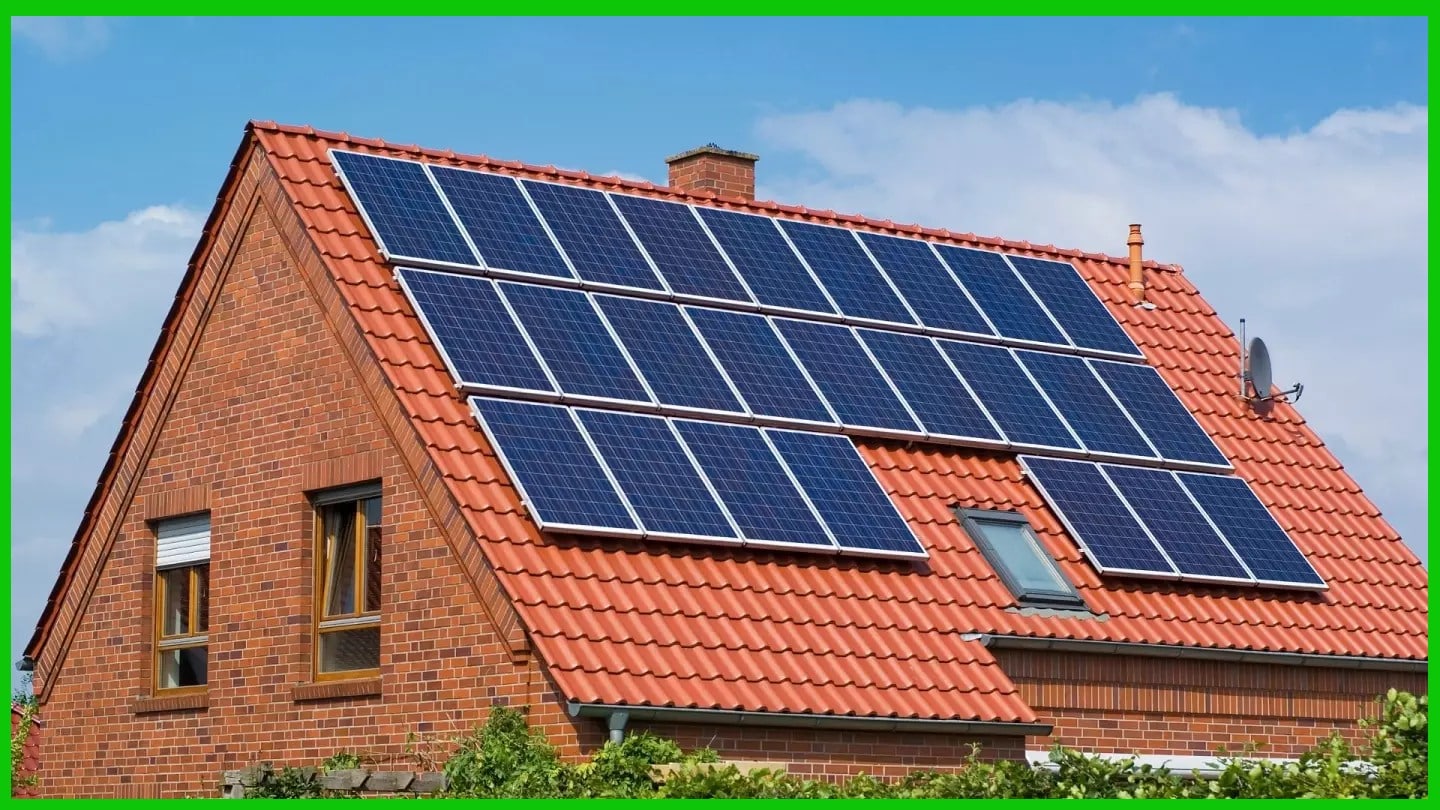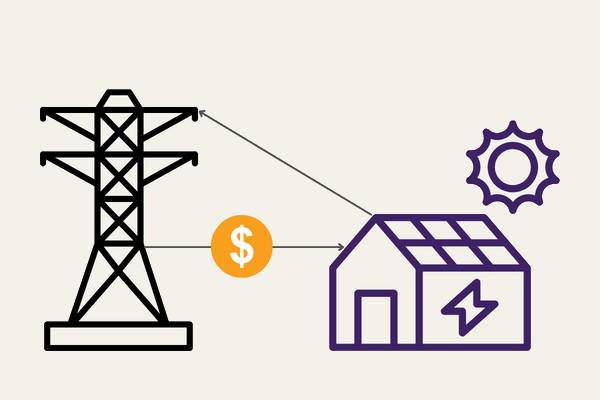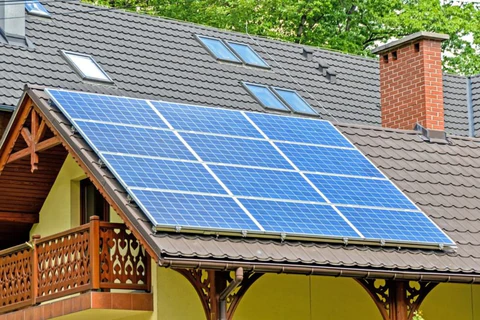
The global community is increasingly adopting renewable energy sources like solar to curb hazardous gas emissions. Solar energy stands out […]

Are You Considering Switching to Solar Energy and Need More Info About 6.6KW Systems?
Look No Further…
This article outlines all the details required for an average residential 6.6KW solar installation, in order to help you make an informed decision about solar for your entity.
The information provided will allow you to gain an in-depth knowledge of all the components that comprise a 6.6kW solar system; its capacity related to the requirements of your home; associated costs and financing solutions; roof space requirements and energy usage considerations, etc.
The article should give you sufficient knowledge to reach out to the market and find and buy the most practical and price competitive systems.
Solar systems are all around us and they could be part of your energy future!

You will require several key components to harness the sun’s power effectively. The primary systems and equipment are as follows:
Solar panels: Solar panels convert sunlight to electricity and for a 6.6kW system, you should allocate between 20 to 28 panels with a power of 250-330W. More panels could increase both power output and costs.
Inverter – To convert DC power from solar panels into AC electricity that can be used in your home, an inverter with at least a 6.6KW rating should be procured.
Mounting equipment – Racks and mounts will probably be needed to safely mount solar panels onto your roof. Carefully orient the panels at an optimal tilt angle that maximizes sun exposure for your location.
Batteries (Optional) – Batteries provide an energy storage option that allows you to use solar power when the sun isn’t shining. Although this increases system costs, batteries ensure backup power and independence from fossil fuels.
An installation this size could produce over 10,000kWh annually – which should be enough to power an average home.
Taking advantage of financial incentives like tax credits which frequently reduce costs by up to 30% as a minimum , and with installation expenses typically varying between $15,000 to $30,000, most homeowners have an estimated total payback period of under a decade.
Factors including your site, sun exposure, energy use, and the installer will enormously influence the performance and return on investment of a 6.6KW solar system.
Complete a thorough research to find which options most adequately meet your situation – choosing wisely will save both the environment and your wallet!
Depending on factors like location and sunlight levels, a 6.6kW solar system has the potential to produce a high power output for your home, in the vicinity of 10,000 Kilowatt Hours annually – which is enough electricity for powering most houses!
The actual power output depends upon several variables, including how your solar array is managed and arranged, as it should contain multiple panels with higher wattages to achieve more significant output potential.
More solar cells with higher production potential lead to a higher overall potential output.
Sunlight and temperature both influence energy production. Increased exposure to sunlight and warmer conditions result in more significant energy generation.
Additionally, make sure you position and tilt your panels in a way that guarantees maximum power production. Mount the panels to make sure they directly face the sun on the south-orientation of your roof for optimal results.
A 6.6KW system may also lead to the production of excess power that allows you to claim credits from your utility company. However, more importantly, it may supplement your household’s energy requirements and decrease dependence on grid power.
An investment this size could help you save you thousands of dollars per year and hundreds of thousands over its lifespan, depending on various factors like regional utility rates and potential available incentives or rebates.

Many homeowners report energy cost savings allowing solar systems to return the investment within 10-15 years. Under ideal conditions, a 6.6KW solar power system could generate substantial energy for your home while significantly decreasing or even eliminating electric bills.
Moreover, given their 25-30 year lifespan and substantial long-term returns, this type of investment is becoming more and more attractive for businesses and homeowners alike, making the only decision required is when do you wish to take control of your energy supply and costs.
>> Related reading: 10 Smart Ways to Conserve Energy And Save Money
You can start generating a significant power output very soon and full take control with solar system solutions!
A 6.6KW residential system is often suitable for most homes, and its cost can range between $15K-30K depending on several variables; apart from the installation costs.
Solar Panels: Solar panel costs will account for the larger majority of the overall expense; 22 to 33 panels with 250 to 330W capacity each will comprise a 6.6KW system and have an approximate price between $200-$500per panel.
Though the initial expense of a 6.6KW inverter to convert the DC power from your solar panels into usable AC electricity within your home may seem steep at $2,000 to $5,000, its ability to harness the sun’s energy and reduce dependence on traditional utility providers is completely justifiable.
Racking and Mounts: Roof racks or ground mounts will cost $500-$3,000 for a 6.6 KW system, depending on the ground or roof ease and safety of mounting.
Installation Costs: Professional installation services by an accredited solar installer typically range between $3,000-$6,000 for systems of this size.
Additional wiring, conduits, and disconnect equipment will cost between $1,000 to $3,000, the variation in the cost of these infrastructure equipment is due to varying sizes of your specific installation requirements.
Costs also vary based on the selected components and installer. Depending on where your home is located, there may be incentives/rebates that help offset up to 50-75% of initial expenses.
A 6.6KW system could save homeowners $600-$1,200 annually on utility costs offering payback periods between 10-15 years.
When getting quotes from installers, check how they intend to install and utilize solar panels and inverters. And more importantly, check what warranties are available for the systems.
Consider at least 5-10 year installer warranties when considering the installation processes and warranties. Installer guarantees on estimated power output or energy production are also important considerations.
Financing options such as loans, leases, and power purchase agreements make solar more accessible and affordable.
While the initial investment in a robust 6.6-kilowatt solar array may appear steep, incentives and ongoing energy savings guarantee that your system’s financial benefits will meet and surpass those costs over its lifetime.
Loans and Leases. Two of the most popular methods for financing 6.6KW solar systems are loans and lease financing arrangements.
A loan allows you to borrow the investment needed upfront and pay it back with interest over time; you own the system once the load is paid off!
A lease provides monthly rental fees over an agreed-upon duration (often 15-25 years), and upon expiration, you have an option of renewing the lease, purchasing the system, or removing it altogether.
Loans and leases have advantages and drawbacks that should be carefully evaluated when considering your needs and financial situation.
Loans offer lower upfront costs while providing tax breaks over the lifecycle, whereas leases charge higher interest rates without tax breaks.
When checking the most suitable financing option for your 6.6KW solar system, visit various banks, credit unions, and solar companies to find the most suitable deal based on factors such as:
Interest Rates: Lower is better, as fixed rates provide predictability in payments.
Loan term: Shorter loan terms often mean paying it off more quickly while more interest accumulates over time with lower payments and longer repayment terms.
Down Payment: When paying upfront, a higher down payment means less money will need to be financed, making your payments significantly less costly.
Prepayment penalties: When selecting your loan, choose an option that doesn’t enforce penalties for paying it back early.
Tax incentives: Be sure to take into account any and all tax credits or rebates that you may be eligible for when calculating overall costs.
Before signing any contracts for financing your solar system, and before agreeing on the monthly installations, ensure that all terms and conditions have been fully reviewed and understood .
Attaining energy cost savings and environmental advantages make investing in a 6.6KW system worthwhile in terms of both environmental and long-term cost-savings benefits alone!
Size Matters. When purchasing a 6.6KW solar system, size should be one of your key considerations.
An installation this size should provide enough power for an average-sized home–roughly 6,600 watt hours daily–offsetting between 60-100% of electric bill charges depending on the location, roof size, and energy use patterns.
For optimal results, choose an installation that can closely mimic annual consumption; an installer can help determine the consumption pattern based on utility bills or site details.
A 6.6KW system requires high-efficiency solar panels with an output power between 300- and 365W; using more powerful panels decreases the quantity of panels required and therefore saves roof space and reduces support and miscellaneous equipment costs.
Choose panels that offer at least 25 years worth of production warranty to guarantee long-term energy production.
To convert the direct current generated by your solar panels into an alternating current capable of illuminating your home and powering your equipment and appliances, you require inverters that possess the capacity to transform this direct output into alternating current that is suitable to run domestic electricity-dependent devices.
Select an inverter with an output rating of at least 6.6KW continuous output and 7.7KW peak output; most installers provide such units for optimal results.
Add a Battery (Optional) A battery backup could add significant value to your 6.6KW solar system, especially if your area suffers from power outages.
Batteries allow you to store excess solar energy for use during nighttime and during periods with low solar production. . While battery prices add a significant cost, their addition to the system increases energy independence.
Given the complexity involved in setting up such an extensive system, it is wise to solicit the expertise of an experienced photovoltaic installer.
They can assist selecting the specific components needed and installing them according to local building codes safely and successfully.
When searching for installers, it is advisable to choose partners with five to ten years of experience and who have established themselves through quality installations and service delivery; ensure this guarantee extends through to warranties that can guarantee satisfaction on both ends.
An expert design and installation process can ensure that a 6.6KW solar power system will supply a high and reliable output of clean, renewable energy for years.
When selecting this system size, you should pay particular attention to each detail in order to maximize efficiency and save costs.
In Australia, most solar consumers rely on a 6.6 kW solar panel system to fulfill their needs. This is due to its higher power generation capacity as well as the ease of power storage and backup.
6.6 kW solar panels tend to be more economical than 3kW and 5kW systems with the gradually declining upfront costs. 6.6kW systems optimally fulfill the requirements of growing families so they don’t face any issue with consistent power supply.
Furthermore, with a 6.6kW solar panel system, you can avail more advantages by adding a battery and inverters. This way, you can choose to stay completely off-grid and generate optimal amounts of power.
1kW solar panels produce almost 4kWh of energy per day. Hence, a 6.6 kW solar panel system will generate around 26.4 kWh power output on a bright day under optimal conditions.
Power output varies significantly depending on the region where you live within Australia. In addition, side factors like weather conditions, sun exposure and panels’ routine maintenance have an enormous impact on power output too.
With ongoing decline in the costs of solar panel systems, a 6.6 kW solar system ends up being more economical than a 5kW system. A 6.6 kW solar system provides you with more electricity to meet your needs.
Moreover, the 6.6kW system can generate excess power that can be fed back to the national grid to get financial gains in the form of Tariffs, while a 5kW system will just fulfill your own power demands. Lastly, the 6.6 kW system is a preferable option for growing families and big homes to ensure uninterrupted power supply without having to rely on the grid.
A 6.6 kW solar panel system comprises 17 to 24 panels. The number of panels required to assemble a 6.6 kW system depends on the power efficiency of individual solar panels. The higher the efficiency, the less panels to be installed.
If you choose 330W panels you will need 20 of them to produce an output of 6.6kW, whereas 24 panels of 275W are needed produce an equal amount of power. If you opt for 370W or 450W panels, you will need to install even fewer panels.
The roof space required for a 6kW solar power system depends on factors like the size of panels as well as the power efficiency of each solar panel installed.
Suppose you use 415W solar panels, each measuring 1.8m x 1.1m, you will need around 30 square meters of space on your roof. However, if you have less space available on your rooftop, you can opt for smaller panels or ones with higher efficiency to accommodate your system within limited roof space available.
A 6kW solar power system can generate 400kWh to 900kWh of electricity every month. This means 4,800 to 10,800kWh of annual electricity production. However, the amount of electricity produced, highly depends on several other factors.
It depends on the climatic conditions of various regions. Other than that, exposure to sunlight, panels’ orientation and quality of the panels all play a major role in determining the amount of generated electricity too.
The general payback period on a 6kW solar power system is around 5-6 years. This depends on the upfront cost of your solar panels, installation cost, governmental rebates and power consumption requirements.
You can get this payback in various ways. First, you get a significant reduction in your electricity bills by relying mostly on solar energy. Second, Feed-in Tariffs (FiTs) can give you financial benefits for feeding excess power back to the national grid. Lastly, government rebates and STCs can help you significantly lower the initial investment on your solar panel installation.
Solar Power Made Affordable: Government Rebates, Zero Upfront Fees. Embrace a brighter future with solar power.